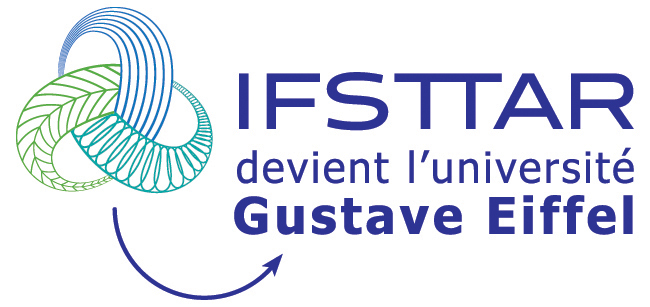Exploring two regimes of water mobility in unsaturated expansive clay using NMR relaxometry
Résumé
The hydration behaviour of unsaturated expansive clays, crucial for applications such as radioactive waste management, remains a challenging and incompletely understood phenomenon given the complexity of characterizing their pore network dynamics upon water absorption. The evolution of porewater populations, distinguished as immobile adsorbed water attached to the clay particles surface and capillary water, presumably governs the kinetics of water mobility in wetting or drying processes.
Nuclear Magnetic Resonance (NMR) relaxometry experiments have reported the increase of water mobility during the wetting process of expansive clays but the evolution of water populations remained unidentified. This study presents relaxation time distributions and relaxation time maps found for a bentonite/sand mixture (with Na-montmorillonite) at various relative humidities, reproducing its hydration. Valuable insights into particular experimental procedure, data-treatment and interpretation for expansive clay are provided. Relaxation times in Na-montmorillonite highlighted a two-regime evolution as a function of water content, in accordance to models, featuring the properties of adsorbed water, which is considered fully dominant during the first regime (relative humidity lower than 90%).
An empirical model reproducing the two-regime dependance of water content on relaxation times was proposed. Moreover, a new formulation enabled quantifying the adsorbed water fraction in expansive clay from relaxation time measurements. Finally, the porewater populations were quantified for Na-montmorillonite as a function of water content, demonstrating strong agreement with supercooling observations in freezing experiments
| Origine | Fichiers éditeurs autorisés sur une archive ouverte |
|---|---|
| licence |



